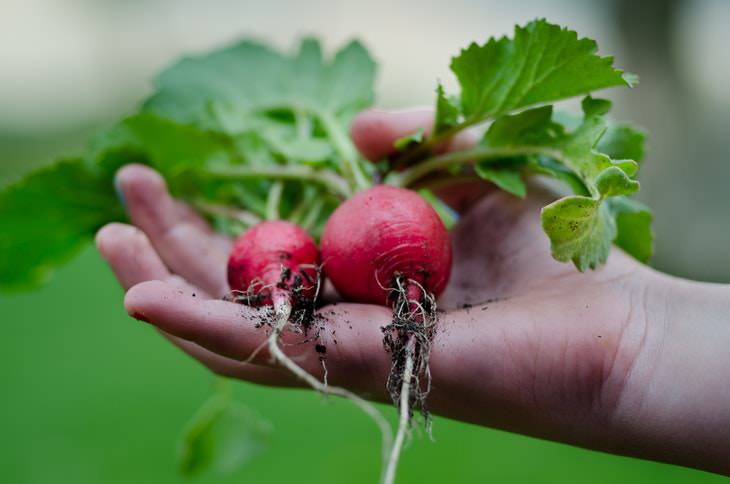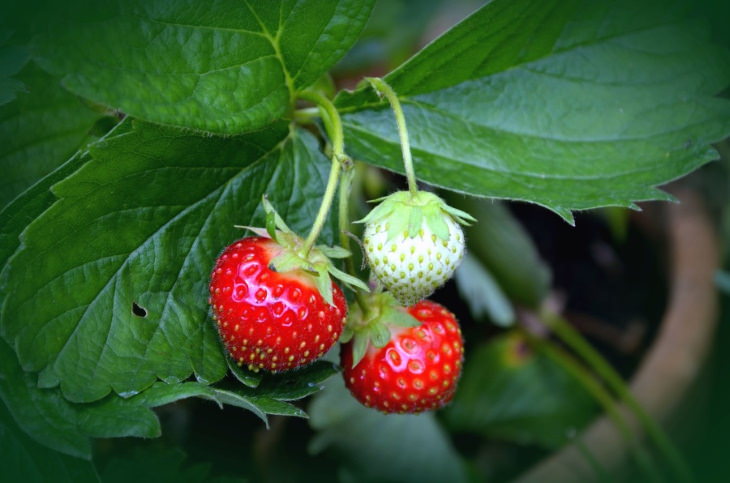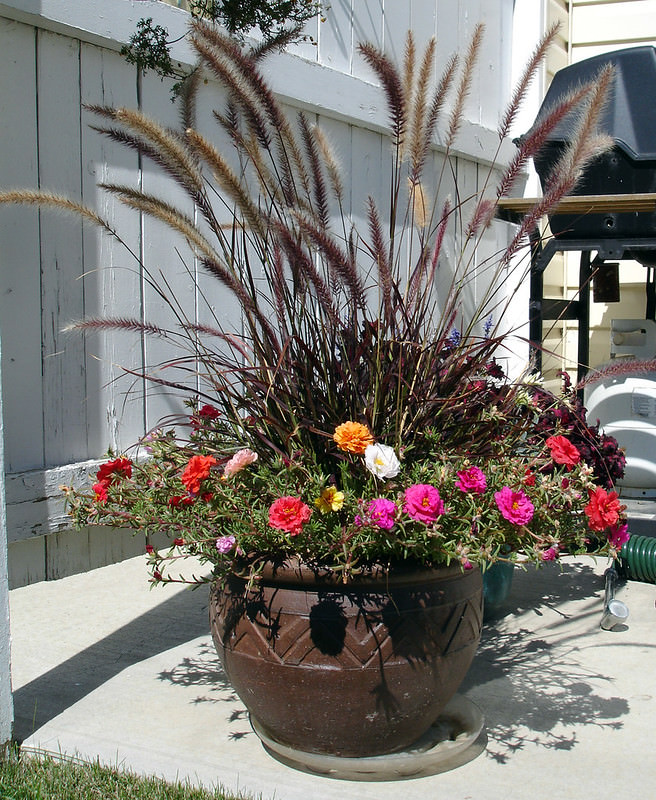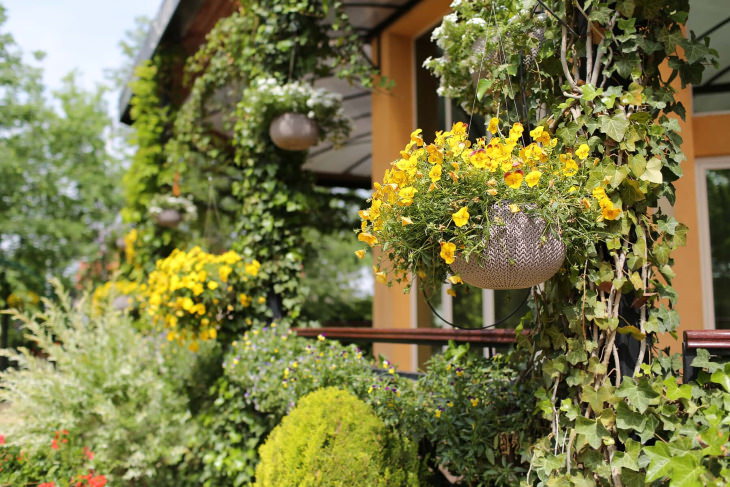Flowers to grow in containers that get full or partial sun

Ornamental plants are an excellent way to decorate an empty windowsill, a window box, or a sunny balcony. A wide variety of decorative plants with bright and colorful blooms love growing in containers. It all depends on your preferred look and the amount of sun you can offer your plants.
Below, we list several flowering plants that thrive in containers and require full or partial sun. If you’re not sure what that means, or just need more information on starting a container garden, read our article titled 10 Tips For a Thriving Container Garden. Here are some of the best flowers to grow in containers that get at least 6 hours of sun daily:
- Marigolds are pretty much fail-safe annual flowers to grow. These flowers require a good amount of sun, and they’re drought-resistant. Trim fading flowers to promote more blooms.
- Chrysanthemums are another fuss-free plant that comes in a huge variety of colors. They need full sun and plenty of water. In the fall, you’ll find them everywhere. What most people aren’t aware of is that chrysanthemums can be perennialized in US growing zones 5-7. So, once the weather is getting colder, you can simply trim back the foliage and keep the chrysanthemums in the garage or basement (make sure to keep the soil slightly moist).
- Calibrachoas are dramatic plants that have intricate blooms and full foliage. They come in a million different color variations and require little maintenance. Better known under the names million bells or trailing petunia, these plants can be perennialized in warmer climates (in zones 9-11).
- Mandevillas are tropical plants that are known for their big trumpet-shaped flowers. These plants bloom heavily all summer long. Much like chrysanthemums and calibrachoas, they can overwinter in a dry cool place.
The best vegetables to grow in containers
Most vegetables can be grown in a container, but some plants require bigger containers than others, so it all boils down to the question of space. Another thing to keep in mind is that the majority of vegetables do require plenty of sun - at least 6-8 hours every day.
If you can meet both of those conditions, you can easily grow anything starting from cucumbers, peppers, summer squash, tomatoes, beans, leafy greens, radishes, or broccoli. If you’re looking for a faster yield and smaller containers, it’s always a better choice to opt for dwarf varieties, such as cherry tomatoes, mini carrots, and cucumbers.
Most vegetables need a container that’s at least 30-45 cm (12-18 in) wide and 45-60 cm (18-24 in) deep. But there are a few exceptions: lettuce, salad greens, radishes, and chives grow well in smaller containers and even window boxes.
The easiest fruits to grow in pots
Why wouldn’t you grow your own fruit? Yes, you can grow fruits in containers, and there are many compact varieties of various fruits you can easily grow on your balcony. Blueberry plants are a good one to try for beginners, as they only require a 12-inch (30 cm) wide pot to grow and are quite pretty, too.
Blueberries need acidic soil, a sunny spot with indirect sun, and plenty of water. Strawberries are another easy and delicious choice: they require full sun and should be planted on the same level as the edge of the pot to prevent the berries from rotting. The best time to plant strawberries is in late summer.
Beautiful ornamental plants that grow in the shade
Not all bold ornamental plants actually require lots of sun. There are plenty of annual and perennial flowering plants and plants with beautiful foliage that prefer some shade. You can grow these plants on a windowsill or a balcony that doesn’t get much sun without having to supplement any artificial lighting.
- Coleus plants have beautiful leaves that come in a range of bold colors ranging from burgundy to chartreuse and bright pink. They are annual in all zones apart from zone 10-11, but they grow really fast, so they work really well on shaded patios outdoors. You can bring coleus plants indoors during the winter.
- Coral bells have beautiful foliage and tiny bell-shaped flowers that bloom in the summer. These plants come in many colors ranging from bright green to dark burgundy, and they are perennial in zones 4 to 9. Coral bells are drought resistant and don’t need to be watered much.
- New Guinea impatiens have beautiful large flowers ranging from lavender to red and striking spiky leaves. These low-maintenance annual plants require plenty of water and they are self-cleaning, which means that you don’t have to pluck their blooms.
Ornamental grasses that thrive in containers
Ornamental grasses are the latest trend in gardening, and we totally understand why. Grasses are voluminous, low-maintenance, and often easy to maintain. Blue oat grass, Japanese forest grass, and New Zealand flax are all good examples of grasses that can survive in containers. However, growing grasses in containers can be trickier, since most of them actually require quite a lot of space and need to be accompanied by trailing plants and flowering plants.
One attention-worthy exception is purple fountain grass, which looks quite beautiful on its own and is easy to incorporate into a pot. Purple fountain grass is a perennial in zones 8-11. The rich, purple to burgundy leaves of the plant can grow 1-1.5 m (3-5 feet) tall, with even taller fluffy flower spikes. The plant thrives in full sun and requires well-drained soil.
The best trailing plants to grow in containers
Trailing plants are an excellent idea when you need to cover a large area with plants and give it a more organic feel. Many ivy varieties can be sustained in a container, but the English ivy is our favorite because it comes in a pretty white-and-green variety that actually looks quite interesting on its own.
These plants will look great on a porch or balcony, and they will grow up when given vertical support to climb. English ivy prefers indirect light and can tolerate a bit of shade too. You can easily bring an English ivy plant indoors to overwinter, as it does quite well in areas with indoor light. English ivy is a low-maintenance plant, but it does benefit from occasional trimming.
Don’t forget about the herbs
If you’re a beginner container gardener, herbs are the safest place to start. Many herbs look and smell quite nice, and they can be easily used in cooking, so they’re both decorative and useful, which makes them a no-brainer if you ask us. What herbs you choose depends largely on your taste and preference.
Chives and basil can easily grow in shallow containers, and both of them grow really fast, so if you need a quick yield, they’re a safe choice. Rosemary, mint, thyme, and lavender are all perennials that will yield year after year, but they do better in bigger pots and full sun. Since most of the herbs we use in cooking come from warmer climates, most of them require well-draining soil and plenty of sunshine. Other than that, though, they pretty much grow on their own and don’t require significant care or fertilization.
Share this article with family and friends!







